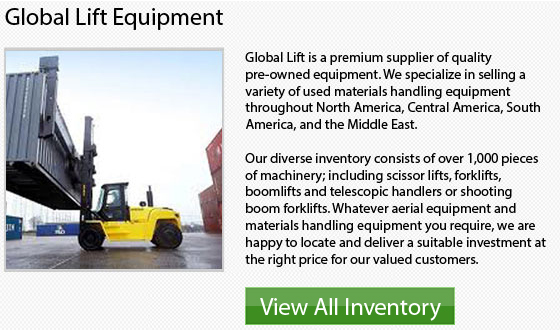
The counterbalanced forklift is a lift truck that uses a counter balance which is attached to the rear end of the machinery. This counterbalance effectively balances loads which are positioned on the blades at the front end of the equipment. This specific design is engineered to stabilize typical lift trucks. As far as electric counterbalance forklifts are concerned, the counterweight is formed by the battery itself.
Counterbalance forklifts can usually be found in every manufacturer's product range. They are usually manufactured in a variety of configurations and sizes, using a range of fuel sources. These forklifts could be equipped. They are capable of working in diverse applications. These forklifts are equipped with different kinds of accessories. Common options and attachments consist of: side shifts, hydraulic clamps, fork shifts and slip sheet attachments just to name some items.
The counterbalance lift truck has in fact changed the entire business of material handling. These equipment are important to the shipping and receiving centers all over the world because they are utilized for loading, stacking, unloading and horizontal transport functions. The average warehouse forklifts are typically utilized for lift heights under 6 meters or 20 feet. There have been some units recently designed which are capable of lifting to heights 31 feet or 9.5 meters. The smaller 4000 pound or 1-1.8 ton forklifts are the main workhorses in the majority of warehouses. These are the most common models that most small companies will own. The standard warehouse counterbalance forklift is actually a wide-aisle truck which requires roughly 11 feet or 3 meters to turn in.
Counterbalance forklifts are not necessarily confined to the warehouse. They are usually utilized for carrying containers and heavy use together with pretty much every use in between. Counterbalance forklifts are the most versatile and widely used of all materials handling machinery.
The counterbalanced lift truck is common in numerous working environments, like retail, warehousing and production. This is because of their durability and versatility. Several of the industrial use include: food, chemical, automotive and timber businesses.